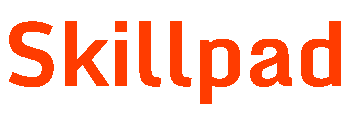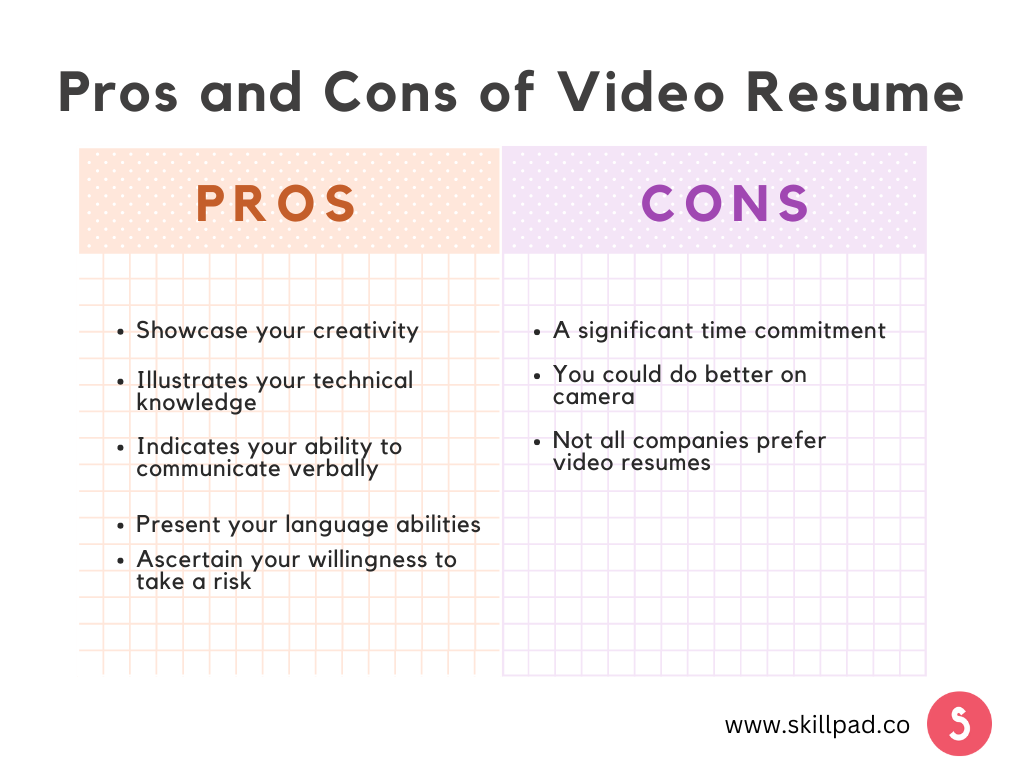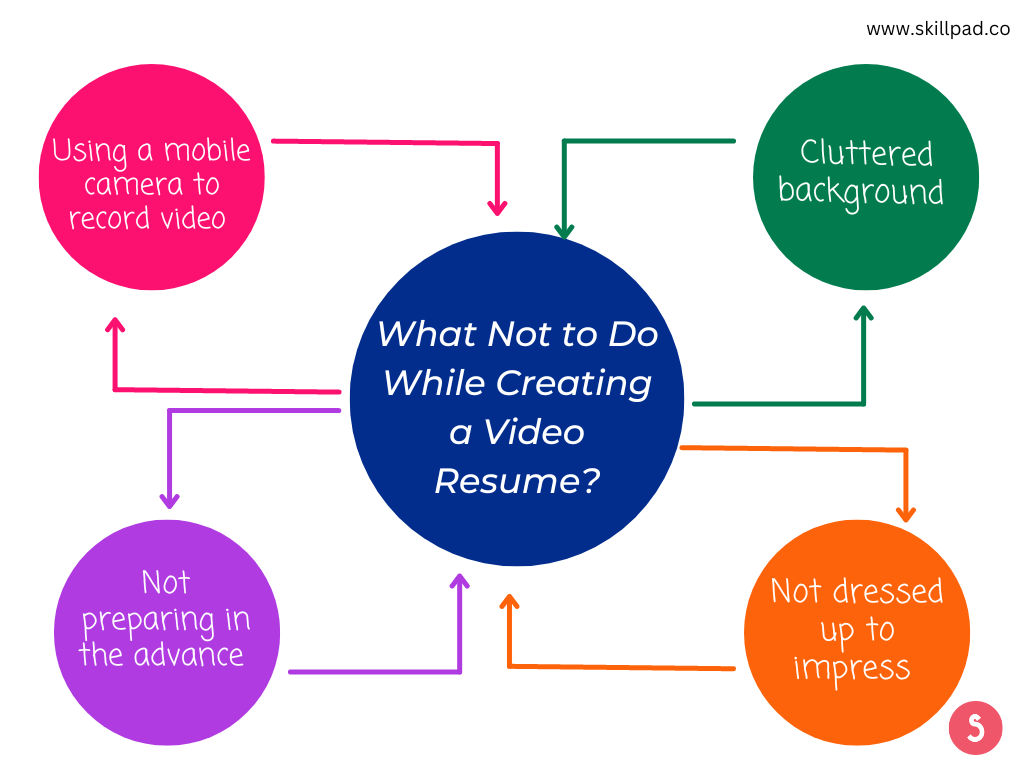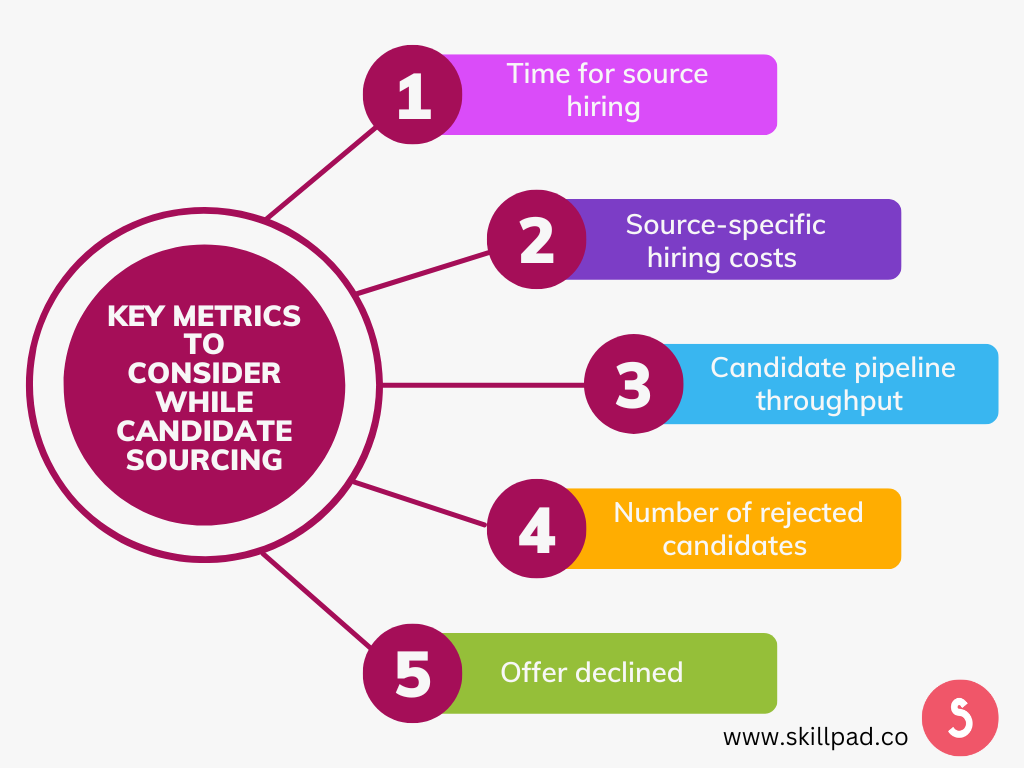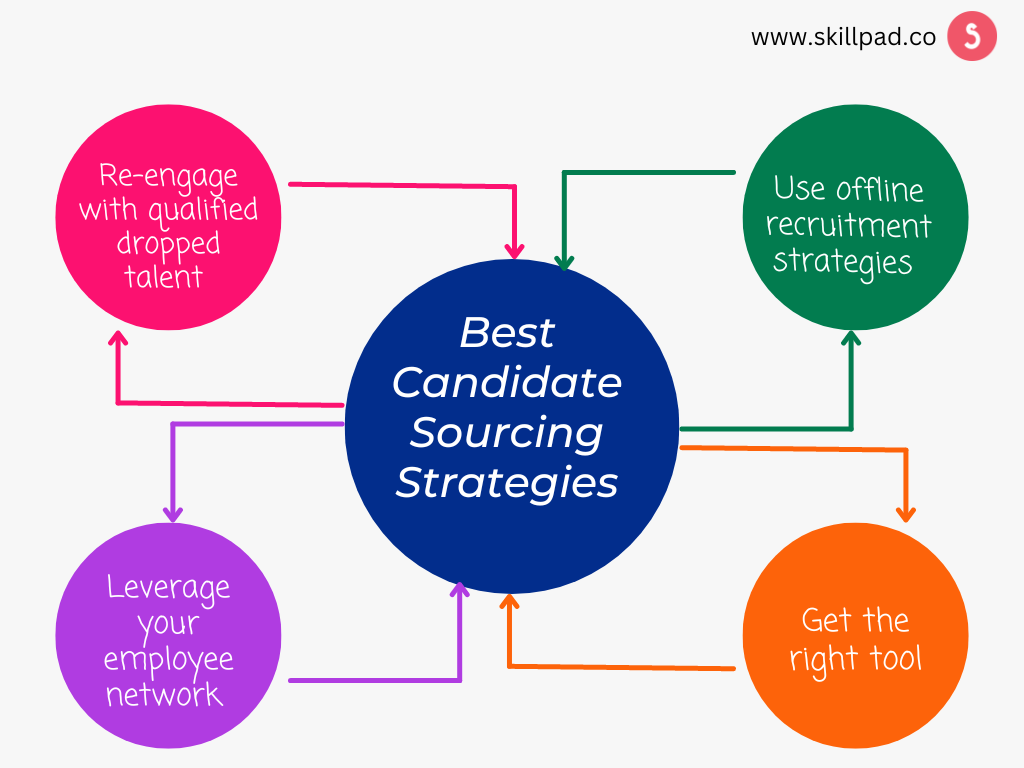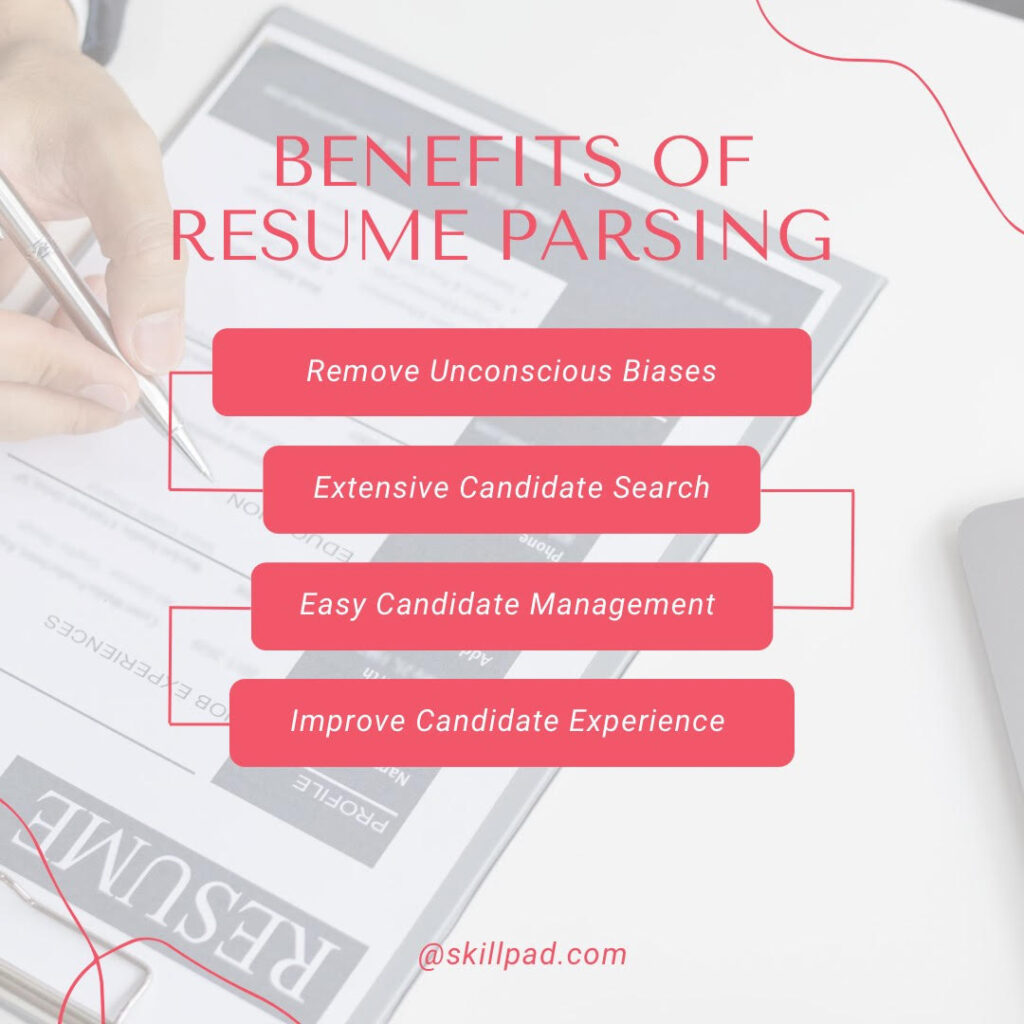Interviews are the most crucial part of the hiring process. But have you ever found yourself wondering how to objectively evaluate candidates during an interview? Are you worried that relying on your own subjective opinion might lead to bias in the hiring process? If so, you’re not alone!
That’s why many recruiters and hiring managers use interview scorecards. A scorecard provides a standardized method for evaluating candidates, ensuring fairness in the hiring process. By using the same criteria for all candidates, it makes it easier to compare their performance and make objective decisions.
An interview scorecard is a tool that allows you to preset interview rules to score candidates based on the qualities required to perform a job. It helps employers make sure that interviewers are evaluating candidates based on the same criteria, making it easier to compare their performance and make objective decisions.
Sounds interesting, right? Let’s dive deeper into the topic of interview scorecards and explore how it can benefit your hiring process. Are you ready to take the next step in finding the best candidates for your company?
What is an Interview Scorecard?
An interview scorecard is a tool that can be used by an interviewer or interview committee to rate and compare candidates. These scorecards may use existing measurement scales to rank candidates, such as:
- Likert scale: A Likert scale can measure attitudes and opinions on a point scale like yes or no. For example, you could use a five-point scale, with one being inadequate and five being exceptional.
- Numerical rating scales: It works like Likert scales, using point systems but does not use descriptive language. For example, you could use an eight-point scale with only numbers.
- Open-ended question: It assesses items that do not fit into the scorecard categories. For example, in this section, you could write about what impressed you, like a candidate’s video resume impressed you.
What is the Purpose of Interview Scorecards?
The point of a scorecard is to ask candidates about specific job requirements that are important for the job they are interviewing for and evaluate how they answer. That is why it is critical to understand the job description so that the questions on the scorecard are focused and relevant to the role.
Before posting the job to job boards or social media, you must create an interview scorecard. It is done so that every member of the hiring team is aware of the key criteria before screening any applications.
A scorecard can help recruiters quickly get rid of applications that aren’t right for the job and save time during the first phase of screening applications.
The best interview scorecard can have questions about relevant skills, desirable personality traits, and specific work experience.
Because each job has different requirements, it is impossible to recommend how many questions should be on the scorecard. It highly depends on the position, the company, and the hiring team. However, it is preferable to have a few well-thought-out and constructed questions rather than a large number of vague questions.
Putting together a possible scorecard for each job opening takes time, but the results are worth it.
How Can Interview Scorecards Benefit Your Recruitment Process?
Although some people regard scorecards as a waste of time, with some training, you can get your hiring team on board with the interview scoreboard idea.
These ten advantages of using interview scorecards during interviews can persuade even the most adamant skeptics on your hiring team that scorecards are the way to go:
- Interview scorecards enable hiring team members to analyze and fully comprehend the job criteria before the interviews start.
- They also eliminate unrealistic expectations, which can lead to jobs remaining open for extended periods, negatively impacting department performance.
- Because each panel member’s observations can lead to a more fair analysis in final group scoring, interview scorecards are an excellent tool in panel interviews.
- When a candidate goes through a series of interviews, a scorecard can help to assess the consistency of the candidate’s responses.
- Scorecards encourage collaborative hiring by encouraging team collaboration before and after interviews.
- Personal bias can be eliminated during interviews using interview scorecards, and team members can identify if anyone harbors personal prejudices unknowingly after the interview.
- Interview scorecards allow interviewers to focus solely on job requirements, resulting in consistent interviews and ethical decision-making.
- If you have a large team with specific skill requirements, you can standardize and use the same scorecard across your organization.
- Create your top hires’ scorecards, which you can use to train and upskill existing employees.
- When interviewing, a scorecard can help you remember each candidate, reducing the mental blur that recruiters can experience when they see too many candidates.
Pros and Cons of Interview Scorecards
There are two sides to every coin. So, before using interview scorecards in your recruitment strategy, first, understand the pros and cons of this hiring methodology:
Interview Scorecard Pros
- Keeping the interview on track: Interviews are much more likely to go as planned when pre-selected questions are used. Each candidate is interviewed similarly using an objective rating system.
- Maintaining consistency in interviews: When interviewing people for a position, scorecards help ensure that interviews are consistent from candidate to candidate and that interviewers follow an objective outline of questions.
- Supporting the objective evaluation of candidates: Interviews can quickly become subjective due to the interviewer’s biases, personal preferences, and first impressions of candidates. Moving through the interview with scorecards is an excellent way to maintain objectivity and consistency while rating interviewees on the same scale.
- Assisting interviewers in remembering each candidate: When conducting multiple interviews, it’s easy to lose track of the details of each interview and keep opinions about candidates separate. However, interviewers can quickly review each candidate and recall how the interview went by using scorecards to track thoughts and impressions.
Interview Scorecard Cons
- Limited information: Specific questions imply that a candidate can only respond in a limited number of ways. If you stick to a scorecard and only ask specific questions, you may benefit from learning other relevant information about the candidate that is missing from your scorecard questions.
- Limited engagement: When an interviewer constantly looks at a scorecard, engagement between the interviewer and interviewee can be limited. For example, eye contact may be reduced when asking questions, and the interview may appear monotone.
- Extra time: Implementing the use of scorecards may overwhelm traditional recruiters. As a result, interviews may take longer due to hiring managers’ limited knowledge of this approach.
What Are The Crucial Components to Examine via an Interview Scoreboard?
Do you know that a bad hire can cost you between $17,000 and $24,000? So yes, when your employees write resignation letters within a few months of joining, it can put a big dent in your recruitment budget.
To avoid this, you need to include the right questions in your interview scorecard to hire employees who belong to your company and connect with your culture.
An interview scorecard can vary from job to job. However, a scorecard must include the following questions:
Hard skill assessment
Hard skills are typically taught — the skills required to complete a job. Reading, writing, language, math, coding, analytics, selling, social media, project management, and research are all examples of hard skills that are often tested.
In technical jobs, it’s common to use skills assessment software to test hard skills, especially if the interviewer needs more specialized knowledge and experience to judge a candidate.
Some common hard skill assessment questions are:
- Do they understand [insert coding language] sufficiently?
- Can they demonstrate their abilities with [insert program or software]?
- How well do they understand [insert problem here]?
Soft skill assessment
Soft skills, unlike hard skills, cannot be taught. On the other hand, soft skills reflect an individual’s interpersonal skills or ability to form relationships with others and communicate effectively. Unfortunately, these abilities are more difficult to evaluate because there is no single correct answer or a great way to assess how well someone communicates.
This category is most likely influenced by unconscious bias because what one person perceives as poor interpersonal skills, another perceives as cultural or generational differences. Numerous statistics show how something as simple as smiling or sitting in a certain position can affect a candidate’s hiring credibility.
There are tools available to help you measure soft skills. However, it is up to interviewers to assess soft skills during the interview and be aware of their own biases. Here are a few things to think about when evaluating soft skills.
- What are their communication abilities (speaking, writing, and presenting)?
- Do they have good time management skills?
- What are their interpersonal abilities?
- What are their leadership abilities?
- How well do they work in a group?
- How well do they function on their own?
- How have they demonstrated their organizational citizenship?
- In previous roles, how have they demonstrated initiative?
- How will this individual fit into our culture?
How to Use the Interview Scorecard to Hire the Best Candidates?
There are 5 easy steps you can take to use an interview scorecard effectively when implementing it into your hiring process:
Step 1. Go over the scorecard criteria
Discussing scorecard criteria with other members of your company or interviewing committee is critical so that everyone understands how it works. For example, if you intend to conduct your interviews, you may want to share your scorecards with others internally while comparing each rating.
It allows people not involved in the hiring process to get to know each potential hire and share their thoughts. Likewise, if your hiring process includes an interviewing committee, it is critical to discuss the criteria, so everyone in your team understands how to rate candidates.
Step 2. Explain scorecards to candidates
You must take notes during the interview if you are using scorecards. You can explain this to candidates to ensure they understand that you actively listen while writing.
It also gives your candidates more information about your hiring process and how you intend to select the position. You can briefly describe your scorecards or share the individual rating criteria with your interviewees while explaining them.
Step 3. Examine the candidate scorecards
After you’ve finished the interviews, compare your scorecards. This process can help you determine which candidates best fit the position and company culture. When reviewing them, it is critical to examine each section of the scorecard to ensure that you or your committee considers all criteria. Then, you can compare them to decide who to hire or who should move on to the next round of interviews.
Step 4. Make use of job-specific scorecards
If you’ve already created a job-specific scorecard and are hiring for the same position, you can use that scorecard again. Reusing interview scorecards can help your interviewing committee save time and keep the criteria consistent during the hiring process.
Step 5. Improve your writing abilities
Practicing your writing skills can help you use interview scorecards more effectively, especially when dealing with open-ended questions. You may need to write notes for these scorecard sections about items discussed in the interview that do not fit into other criteria areas.
Strong writing skills can assist you in taking notes quickly while maintaining active listening. It can help you learn more about each candidate and provide more context in the comparison process.
How to Create a Candidate Scoring Sheet?
Once you know what you want, creating an interview scoring sheet is fairly simple. To implement an interview rating sheet in your own company, take the following steps:
Step 1. Conduct a structured interview with appropriate questions.
The questions and scoring system are a candidate scoring sheet’s two most important components. However, you can only use scoring sheets effectively if you have a well-structured interview plan.
If you still need to start using structured interviews in your business, implementing one is the first step toward more consistent, objective interviewing. First, consider the important soft skills in your industry and the most common dilemmas in your hiring process, and then select relevant questions.
Step 2. Think about adding more scoring categories.
A firm handshake, eye contact, good preparation, and a professional presentation have always been important in interviews. However, their impact is frequently left to the hiring manager’s intuition.
Instead, consider creating additional scoring categories along with the basic assessment questions. In this case, you can evaluate potential hires based on their conduct during the interview rather than just the questions.
Step 3. Establish a transparent scoring system.
If you ask two people what a numerical score means, they will likely have differing views. For example, one person may consider 5/10 a good, average score, whereas another may consider 7/10 a failure. As a result, you must explain the significance of each potential score to the interviewers.
As the number of possible scores increases, assigning distinct meanings to each one will become more challenging. As a result, scoring on a scale of 1-10 may not be optimal in most cases. Consider scoring on a 1-4 or 1-5 scale instead. For example, in a 1-4 scoring system, you could describe the values as follows:
1: A poor response that omitted the main point of the question
2: An incomplete response with good elements but significant flaws.
3: An effective but flawed response that needs to be revised due to issues with the answer’s content or breadth.
4: An ideal response that fully understood and answered the question while demonstrating high competence.
Step 4. Choose a format for your scoring sheet.
The final and most forgiving step is the design of your scoring sheet. It should be fine as long as a scoring sheet lets the interviewer score each question and add all the scores.
In addition, visual simplicity is generally preferable. Moreover, there is no need to have more than one column for each candidate you are scoring.
The Interview Scoring Sheet template and sample provide an organized method for evaluating the performance of candidates during an interview.
The template should include the questions asked by the hiring manager and a clear method of scoring the candidate’s responses. The template can be designed in various ways, it could be a single sheet containing the names of multiple candidates or a separate sheet for each candidate. The important thing to keep in mind is that the same set of questions should be used for all candidates to ensure fairness and consistency in the evaluation process.
Look no further, here is our Interview Scoring Sheet template and sample! This handy tool allows you to easily keep track of each candidate’s answers and score them based on their performance.
Download the sample format here
Parting Remarks
As you can see, an interview scorecard can make your interview process simpler and faster. So, you can speed up the interview process and hire people without any personal preferences getting in the way.
It can improve your hiring quality and reduce your recruiters’ workload. This guide has given you all the information you need to use interview scorecards as part of your hiring strategies.
But if you don’t want to go through the hassle of advertising a job post and interviewing potential candidates, you can contact the SkillPad team. We can connect you with potential candidates based on your job requirements.
So, let’s connect today!
